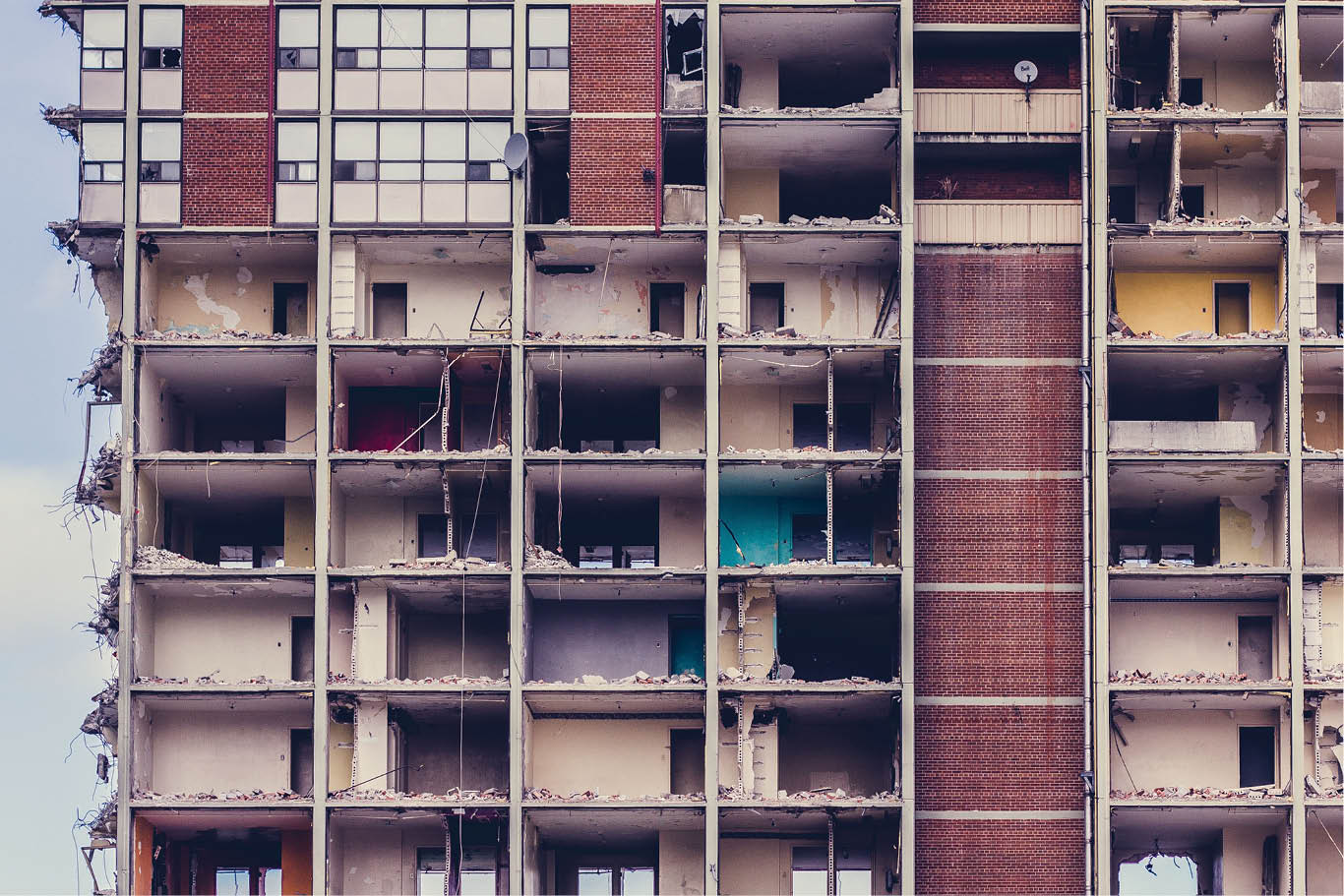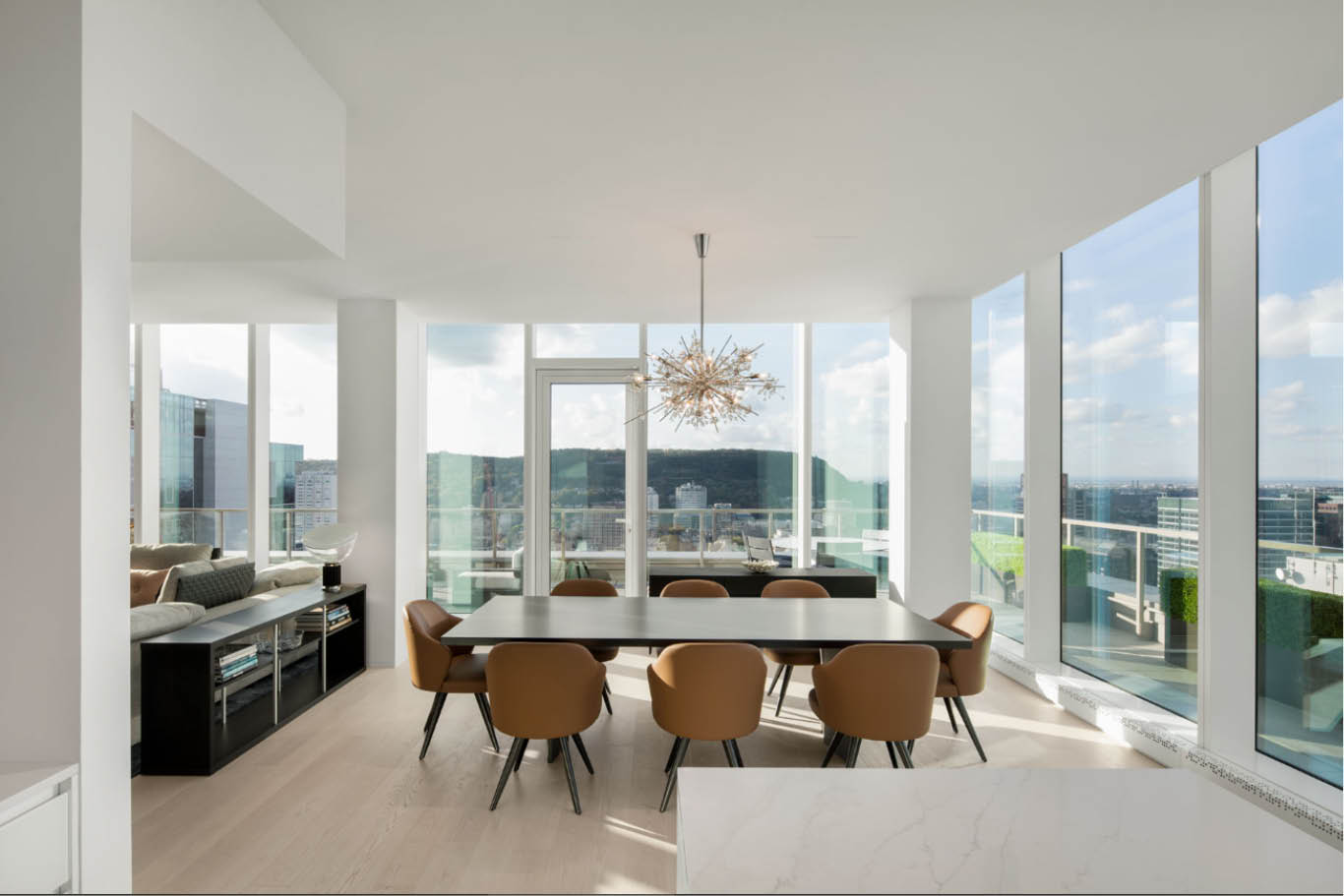
Global warming is a responsibility shared by us all and not just by politicians who manage public resources. This is why we need to come up with both global and specific solutions across all sectors, each within their own sphere of influence.
Along these lines, the most viable current solution in economic and cultural terms, with the best chance of success, is the Circular Economy. This comprises developing a production and consumption model that sends used and discarded material back to the starting point. The underlying concept is that waste ceases to exist since it is not created or can be resent to the initial stage in the production cycle.
Could this strategy be adopted in the world of architecture? It should be, and figures point to as much. According to a 2014 report released by the European Commission, construction and use of buildings in the EU represent 40% of final energy use, 35% of greenhouse gas emissions, 50% of all extracted material, 30% of water use and 35% of all generated waste.
As we can see, the building sector is large enough to be deemed strategic when designing sustainable policies, especially in terms of the use of limited resources and managing waste from later demolition.
As the sector report from the non-profit Green Building Council states, Spain suffers from a lack of natural resources, meaning we need to reduce their use, including energy consumption. By reducing reliance on external resources, a higher level of social inclusion and justice would theoretically be achieved across the board, especially between different generations.
According to sustainability experts in the sector, cutting resource use could be attained by converting to the aforementioned Circular Economy. In construction, this means buildings that can have evolving uses where materials can be reused. ‘There remains a lot to do when it comes to designing buildings. The ideal scenario would be to construct modular, detachable buildings that are economic and efficient, and able to be extended or have other uses in the future. Nonetheless, there is a very solid traditional bias in architecture where building is done brick by brick’, explains Jordi Bolea, coordinator for the Circular Economy division at Green Building Council España.
Indeed, one of the obstacles facing the sector on its path towards sustainability is cultural: there is a lack of recycling in architecture, running from developers to buildings to users. Whether this be due to a lack of information or simply lack of interest, buildings constructed after the crisis continue to disregard the detachable, extendable and reusable criteria recommended by the European Union.

In turn, the materials provided by many suppliers fail to meet necessary sustainability standards. There are exceptions, such as the quartzes and marbles designed by Compac with LEED (guaranteeing energy efficiency and sustainable design) and Greenguard certifications (ensuring indoor air quality), but the general outlook is not encouraging. This is how Cristina Martínez, head of AAYMA—a group of architects promoting innovation and sustainability—certainly sees it. ‘There is very poor waste management in Spain and the problem partly comes from suppliers themselves, who fail to offer recyclable materials to work with.
After construction, when the building has exhausted all its possible functions, there begins another process linked to waste management: demolition. The European Union requires 70% of material from demolition not end up in landfill. In practice, however, the figure is much lower. In fact, the European Commission’s report actually admitted as much: ‘Whilst some countries send only 6% to landfill in others, some 54% of demolition material ends up there.’
In this regard, Carmen Martínez recounts an old yet illuminating example: ‘A few years ago, when the old La Fe Hospital in Valencia was due to be demolished, the government put the project out to tender where a positive score was given to the company that found the largest landfill to throw away the waste. That was how things were then’, recalls the architect.
Raising awareness
A few years ago there was a free-for-all in terms of waste, but Spain, and especially the European Union, are starting to become really aware of the environmental problems represented by this enduring mindset. According to Jordi Bolea, the government has plans to adopt the Circular Economy across all possible industries, although almost all current efforts are focussed on reducing and eliminating plastic.
‘We have spoken to the different ministries and they are aware of the needs in the building sector. We cannot wait any longer to take action. To date, the environmental cost of building without a view to the future and sustainability criteria has not been taken into account. The industry does not pay for the damage, except when a specific pollution level is exceeded, and recovering waste represents a high cost that nobody wants to take on’, sums up Bolea.
Adopting the Circular Economy is an urgent issue for architecture. We need to manufacture materials that can be reused, design buildings that can have a second life and implement demolition practices in line with the sustainability standards set by the European Union.


